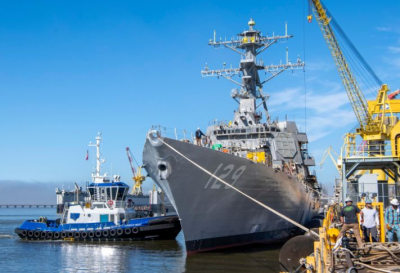On Monday, Oct. 28, oil prices fell 6%, sending WTI to $67 a barrel. The solid $70-a-barrel support level was smashed, and negative sentiment suggests oil will spend the rest of 2024 seeking a new price support level.
What caused such a catastrophic drop — the worst single-day drop in over two years? Israel’s retaliation against Iran’s Oct. 1 200-missile attack spared its oil infrastructure. The hedge funds who had “bought the rumor” and loaded up on oil futures call options with rising Middle East tensions, “sold the news.” If Israel would not cut off Iran’s cash flow from its oil exports, there was little hope supply would be restricted and negate the weak demand outlook being built into 2025 industry forecasts.
Oct. 26 also brought additional oil supply/demand dynamics “bad news.” The national oil company of Libya announced that industry giants bp and Eni would resume drilling in western Libya near the Wafa oil field and in the Ghadames basin, with attractive geological prospects. Their resumption of drilling comes 10 years after they pulled out of the country. Libya’s NOC also said Repsol is preparing to resume drilling operations in the Murzuq Basin, and producer OMV will begin working in the Sirte Basin. For traders, despite how long it might take for any of these companies to find and develop more crude oil output, their actions represent fear the industry will add to oil’s oversupply.
Additional bad news came from bp distancing itself further from its prior commitment to cut hydrocarbon output made when Bernard Looney was leading the company into its second green era. bp is joining the crowd of giant oil companies working to ensure there is sufficient hydrocarbon energy available in the future to meet society’s needs. Their efforts reflect the reality that other than in the IEA’s net zero emissions scenarios, hydrocarbons will be an important energy source in 2050.
Oil and gas prices are volatile and highly susceptible to market sentiment. The current sentiment is negative. More supply is on the horizon — U.S. output remains high, Big Oil is getting back into exploration, China’s energy demand is weak, economies worldwide are on slow-growth paths, and OPEC is preparing to return to the market its idled output.
Presently, the oil glass isn’t half empty — it is empty. But beware of the event that fills it up. At some point, even if briefly, market sentiment will swing to the positive side. Populations and economies continue growing. They need hydrocarbons to fuel that growth. Oversupplies can get eaten up quickly.





